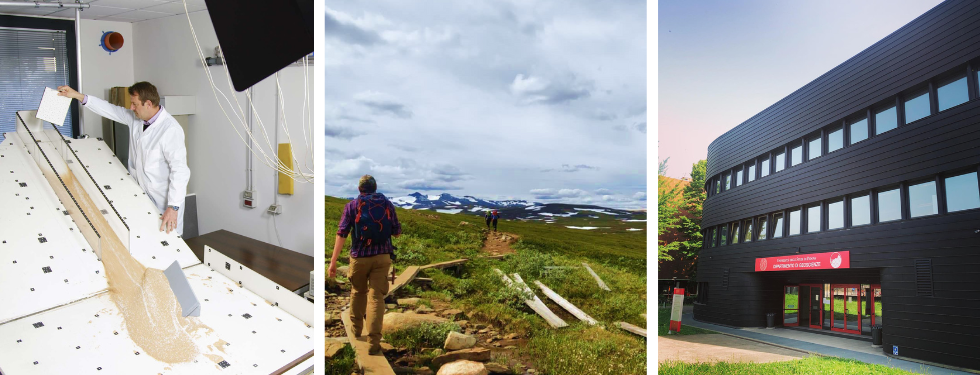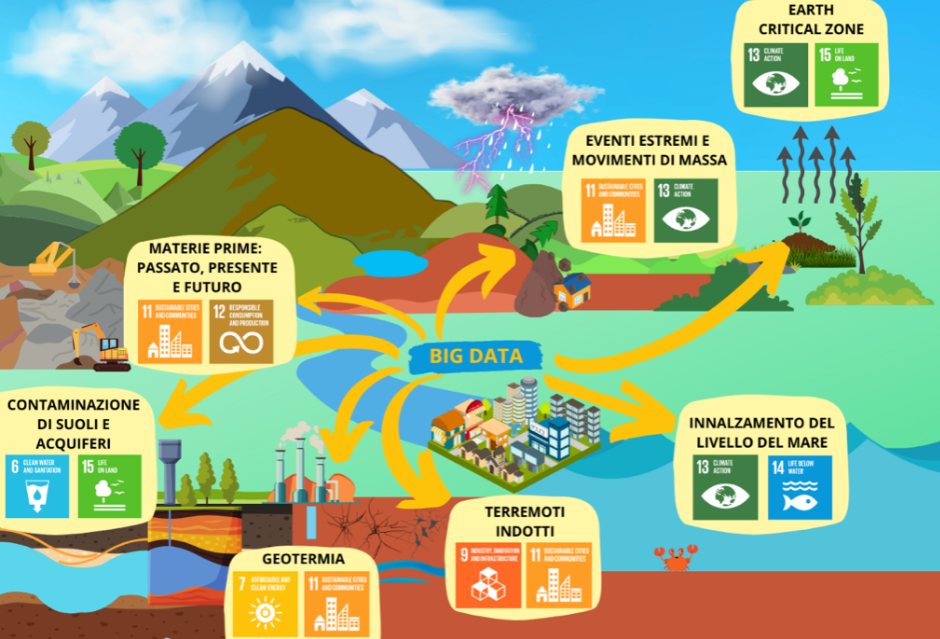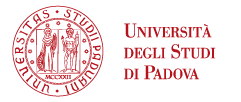The Department of Geosciences is among the Departments of Excellence

We are pleased to announce that the Department of Geosciences is among the 11 departments of the University of Padua selected by the MUR (Ministry of University and Research) as Departments of Excellence for the five-year period 2023-2027.
The Departments of Excellence have been provided by law 232/2016, with the aim of identifying and financing, every five years and within the 14 scientific-disciplinary areas of the National University Council, the best 180 Departments of public universities. The selection parameters are the quality of the research which is carried out and the quality of the development project.
More in detail, the 11 Departments of Excellence of the University of Padua obtained a total funding, for the years 2023-2027, of 90.9 million euros.
The funding project is titled “The Geosciences for Sustainable Development”.
In the last two centuries, the exponential increase in the world population, the intense exploitation of the territory and the consumption of natural resources, often non-renewable, have made man an agent of change on a planetary scale and pushed humanity to face unprecedented challenges. Fundamental elements of the vision and development of the Department of Geosciences are the great global challenges of the 21st century, and among these, primarily, sustainable development. With this project, the Department intends to contribute to the understanding of the effects of human activities on the planet, and to propose strategies for the mitigation of the consequent risks and for sustainable development.

The research areas that the Department aims to consolidate and develop are:
- (i) Impact of climate change and mitigation of related risks;
- (ii) Georesources for the energy transition and geomaterials;
- (iii) Protection and management of water and soil resources.
The proposed scientific approach is based, with markedly innovative methods compared to the national academic panorama, on the integration of geophysical, geological, geomorphological, mineralogical and environmental geochemical data, deriving from monitoring and modeling activities, also through the use of big data.





